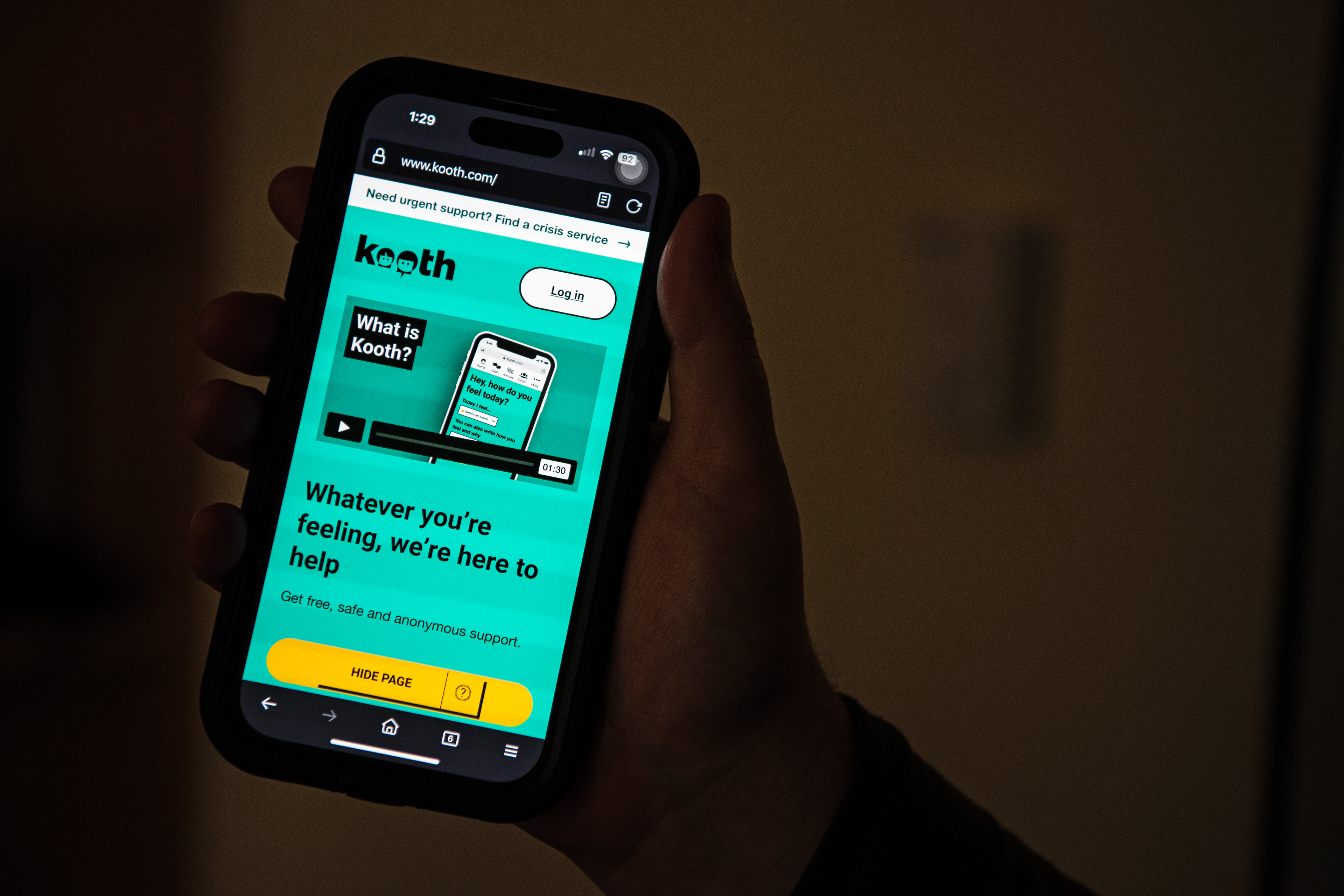Virus season means lots of sniffles, coughs, and fevers—most of which you can treat at home. But when should you drag yourself out of bed to consult a doctor?
“Going to see the doctor every time you’re sick is honestly not the best use of a person’s time,” says Dr. Natasha Bhuyan, vice president of in-office care at One Medical, a membership-based primary care service provider. “Sometimes when you’re sick, the best thing to do is to stay at home, rest, and recover."
The first way to evaluate your symptoms is to use the at-home tools you have at your disposal. You can test yourself from home for flu and COVID-19 with a quick swab. If your tests are negative, it’s likely that you have a cold—for which, unfortunately, modern medicine doesn’t have an effective treatment. Plenty of rest, a humidifier to relieve congestion, and warm soup are some of your best strategies for feeling better.
If the test is positive, contact your doctor so you can get the appropriate treatment—which is sometimes a prescription for the COVID-19 antiviral Paxlovid or Tamiflu for influenza. If you're able to connect with your doctor virtually, you may not have to visit a crowded doctor’s office or emergency room where you could spread the infection, and could have a prescription delivered straight to your home.
Read More: 12 Weird Symptoms Endocrinologists Say You Should Never Ignore
As a general rule, doctors say it’s important to reach out to your primary care physician if you’re experiencing symptoms that last longer than you think they should—a cough from a cold that won't go away, for example. With viral infections like the flu and COVID-19, “if your symptoms last more than a week, then that’s a good sign that you should see a doctor,” says Dr. Daron Gersch, emergency room medical director at CentraCare in central Minnesota and board member of the American Academy of Family Physicians.
A high fever that persists would be another red flag that you shouldn’t tough it out at home. “With the common cold, you might run a fever of 99°F or 100°F,” says Gersch. “Our cutoff in the medical profession from a low-grade fever to a significant fever is generally 100.5°F; once it’s over that, we consider it more significant and probably worth alerting a health-care professional.”
You might also need professional expertise if you develop a new symptom that you don't usually get, such as back pain, chest pain, dizziness, or shortness of breath. “For instance, some people have headaches regularly and know how to manage them on their own,” says Bhuyan. “But if you are somebody who never gets headaches and suddenly have one, it could be an indication of an underlying condition, so you shouldn’t ignore it.”
Keep track of how your symptoms are changing, especially with respiratory illnesses. “With viral infections, sometimes people start getting better and feeling pretty good, and all of a sudden, they feel bad again” says Gersch. “That’s a good sign to come in to see a doctor. A viral infection can tax the immune system, and then something else comes along to take advantage of the weakened immune system and you can get sick again.” A cold, flu, or COVID-19 infection could progress to something like pneumonia or bronchitis, which requires more intensive medical care.
Read More: Did the Pandemic Break Our Brains?
Another reason to seek medical help is if you experience severe pain in a specific area—like your back, ears, or eyes, for example—which could signal a more serious condition. Changes in mood and sleep are also worth flagging to your doctor, says David Hatfield, chief physician executive at Village Medical, a national network of primary care practices and clinics.
“If you feel bad enough to feel the need to call a doctor, to me it’s probably a good idea to be seen or at least have a virtual consultation with a doctor,” says Dr. William Fox, chair of the American College of Physicians.
Telehealth and virtual visits have streamlined the process of figuring out when you need to visit the doctor or hospital. COVID-19 proved that some health-care questions and issues can best be managed virtually, and that includes the initial triage and questions people have about new or persistent symptoms. "We’re seeing a lot of virtual visits for cold and flu symptoms," says Gersch. "We’ve seen a big shift where people who have more mild symptoms will call in just to make sure they are doing the right thing. They just want to know if they need to stay home, or what they should do to prevent family members from also getting sick.”
Patients tend to get the most out of these sessions when they already have a relationship with their primary care physician, Fox says, since their doctor is familiar with their health status and medical conditions. “Virtual visits are best used as part of a longitudinal relationship with a primary care physician where that trust between the physician and patient has already been established, as opposed to one with someone you have never met before,” he says.
More doctors are offering such virtual options, and many subscription-based health services provide unlimited 24-7 virtual access to providers for an annual fee. “People are becoming more and more comfortable with virtual visits and finding it more convenient,” says Fox. After the pandemic, many insurers have begun reimbursing for these subscription-based visits, which helped to establish them as a viable, and increasingly efficient, way to deliver health care—especially when it comes to those everyday questions about if something you’re feeling is worth checking out. “We always encourage our patients to call us first so we can help quarterback their care and decide if they need a virtual visit, an urgent care visit, or a visit with their primary care provider,” says Hatfield.








![Healthy High Protein Oatmeal Chocolate Chip Breakfast Bars [gluten-free + no added sugar]](https://i0.wp.com/healthyhelperkaila.com/wp-content/uploads/2024/11/OatmealChocolateChipBarsFeatured.png?fit=1536%2C1521&ssl=1)









 English (US) ·
English (US) ·